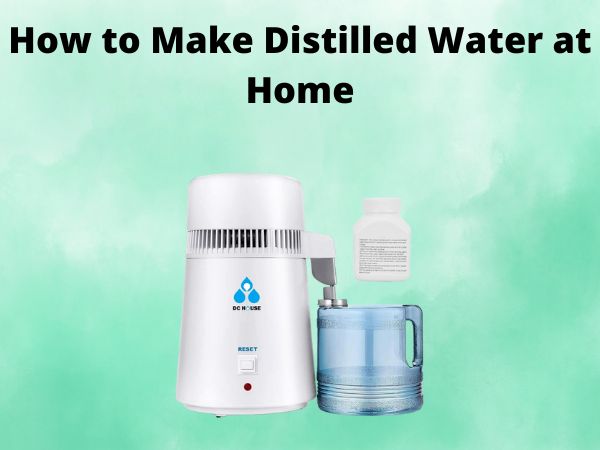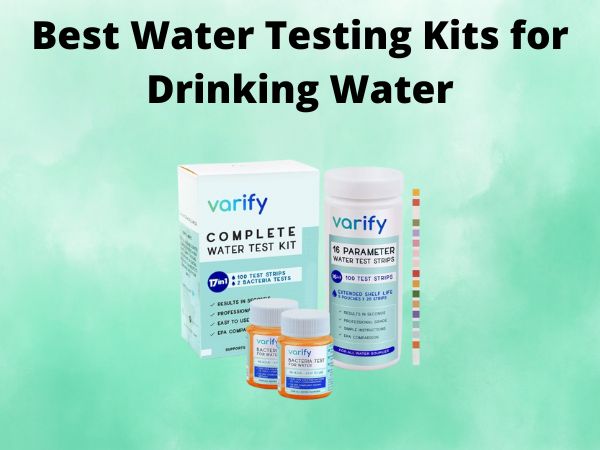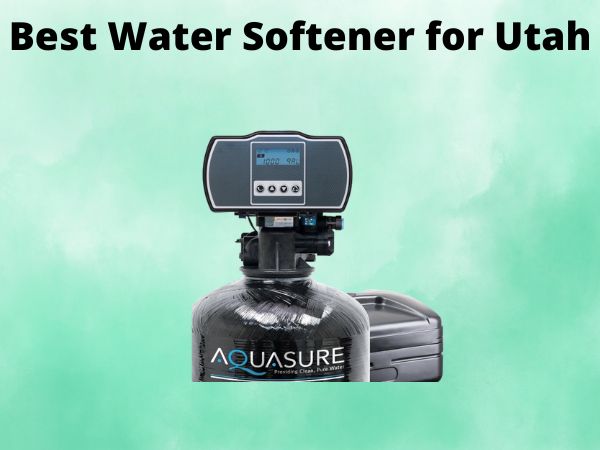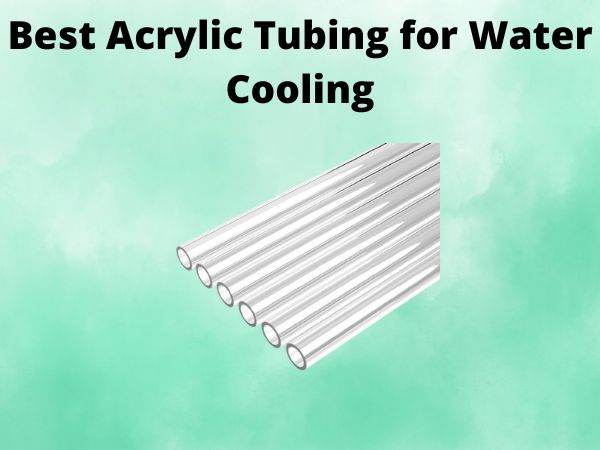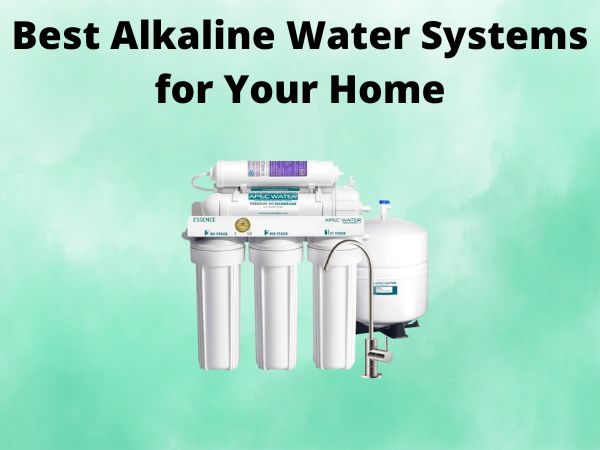How to Make Distilled Water at Home
As someone who’s always been fascinated by the science behind everyday household tasks, I’ve often wondered about the process of making distilled water at home. It’s not something that most people think about on a daily basis, but the benefits of having access to pure, contaminant-free water can be truly game-changing. Whether you’re looking to improve the taste of your drinking water, use it for sensitive electronics, or even incorporate it into your skincare routine, learning how to make distilled water at home is a valuable skill to have.
In this comprehensive guide, I’ll walk you through the step-by-step process of creating your own distilled water without the need for any fancy equipment. By the end, you’ll be equipped with the knowledge and confidence to become a homemade distillation master, all while saving money and reducing your environmental impact. So, let’s dive in and explore the fascinating world of DIY distilled water!
Table of Contents
Understanding the Science Behind Distillation
Before we get into the practical steps, it’s important to have a basic understanding of the science behind distillation. In simple terms, the process of distillation involves separating the pure water from any impurities or contaminants that may be present in the original water source.
The key to this separation lies in the different boiling points of water and other substances. Water boils at 100°C (212°F), while many common impurities, such as minerals, heavy metals, and microorganisms, have higher boiling points. By heating the water to its boiling point, the water molecules are transformed into steam, leaving behind the impurities in the original water source.
The steam is then cooled and condensed back into a pure, distilled form, free from any unwanted contaminants. This simple yet effective process is the foundation for creating high-quality distilled water at home.
Gather the Necessary Supplies
To get started with your homemade distilled water project, you’ll need a few basic supplies. The good news is that most of these items can be found around the house or easily purchased at your local hardware or kitchen supply store. Here’s what you’ll need:
- A large pot or container with a tight-fitting lid
- A smaller container or bowl that can fit inside the larger pot
- Ice cubes or cold water for the cooling process
- A heat source, such as a stovetop or hot plate
- A source of clean, untreated water (e.g., bottled spring water, filtered tap water, or rainwater)
Once you have these materials on hand, you’re ready to start the distillation process!
Step-by-Step Guide to Distilling Water at Home
1. Set up the Distillation Apparatus
Begin by placing the larger pot or container on your heat source. Make sure the lid fits snugly on top to prevent any steam from escaping during the process.
Next, place the smaller container or bowl inside the larger pot, ensuring that it’s stable and won’t tip over. This smaller container will be where the distilled water collects.
2. Add the Water
Pour your clean, untreated water into the larger pot, being careful not to overfill it. The water level should be below the bottom of the smaller container, allowing room for the steam to circulate.
3. Chill the Smaller Container
To facilitate the condensation of the steam, you’ll need to cool the smaller container. You can do this by placing ice cubes or cold water around the outside of the container, ensuring that the water level remains below the container’s rim.
4. Heat the Water
Turn on the heat source and bring the water in the larger pot to a gentle boil. As the water heats up, you’ll start to see steam rising and condensing on the cooler surfaces of the smaller container.
5. Collect the Distilled Water
As the steam condenses, the pure, distilled water will drip down into the smaller container. Keep a close eye on the process, and be ready to turn off the heat source once the container is nearly full.
6. Store the Distilled Water
Carefully remove the smaller container from the larger pot, taking care not to spill any of the precious distilled water. Store the water in a clean, airtight container, and you’re all set!
Conclusion
Congratulations! You’ve successfully learned how to make distilled water at home without the need for any expensive equipment. By following this simple DIY process, you can now enjoy the benefits of pure, contaminant-free water whenever you need it.
Whether you’re using it for your household needs, your plants, or even your skincare routine, homemade distilled water is a game-changer. Not only is it more affordable than store-bought options, but it also allows you to take control of the quality of your water supply and reduce your environmental impact.
So, the next time you find yourself in need of distilled water, don’t hesitate to try this easy-to-follow method. Who knows, you might even find yourself becoming the resident distillation expert among your friends and family!
FAQs
How long does it take to make distilled water at home?
The time it takes to make distilled water at home can vary depending on the volume of water you’re distilling and the efficiency of your setup. On average, you can expect the process to take between 1 to 2 hours, with the actual distillation phase taking around 30 minutes to an hour.
Can I use any type of water to make distilled water?
While you can technically use any type of water as the starting point, it’s best to use clean, untreated water sources, such as bottled spring water, filtered tap water, or rainwater. Avoid using water that may contain high levels of contaminants, as this can affect the purity of the final distilled product.
Is homemade distilled water safe to drink?
Yes, homemade distilled water is safe to drink, as the distillation process effectively removes any impurities or contaminants that may have been present in the original water source. However, it’s important to store the distilled water in a clean, airtight container to prevent any recontamination.
Can I use the same setup to make other types of distilled liquids?
Absolutely! The basic distillation process can be used to create a variety of distilled products, such as essential oils, alcohol, or even homemade remedies. However, it’s crucial to research the appropriate safety precautions and adapt the setup accordingly, as some distillation processes may involve flammable or hazardous substances.
How often should I clean my distillation setup?
It’s a good idea to clean your distillation setup after each use to ensure the purity of your distilled water. Simply rinse the containers with clean water and allow them to air dry completely before your next distillation session. Regularly inspecting the equipment for any signs of buildup or damage can also help maintain the efficiency of the process.

